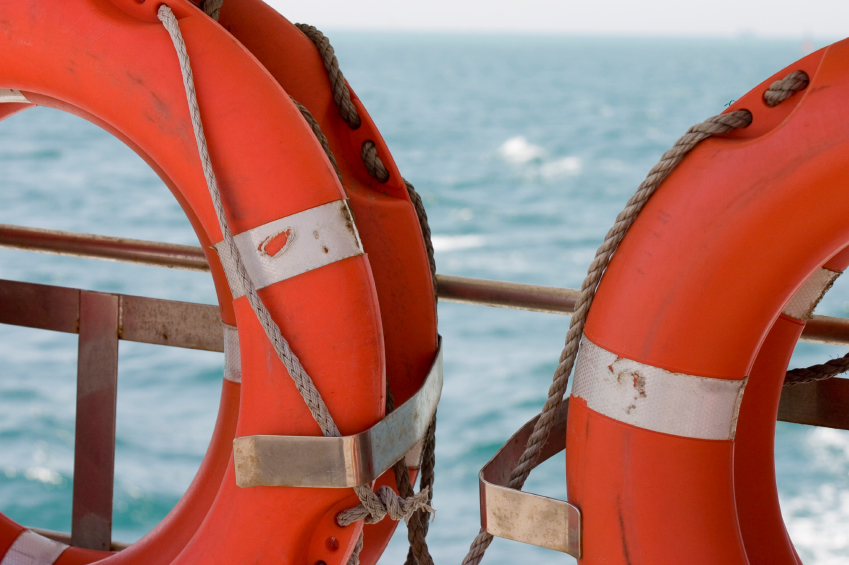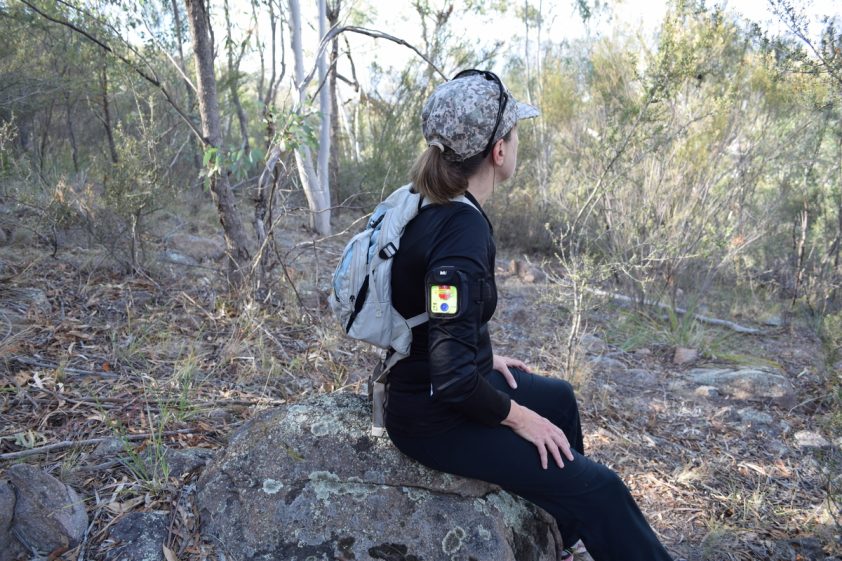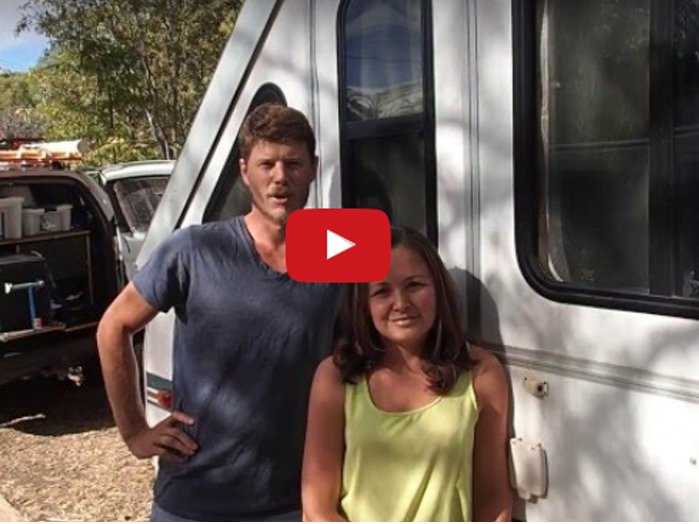So you’ve bought a battered pre-1970s vintage caravan for a steal and you want to restore it to its former glory. This series provides a guide to refitting your vintage caravan.
In our first guide, we run through what you should do before getting started, judging the scale of the job and gathering what you’ll need.
Retro is not always roadworthy
One of the most important decisions you have to make is whether to faithfully restore your retro caravan to its original condition, or keep the retro look while using modern materials and technology to make it more efficient and safe.
There is no hard and fast rule; do what suits you. However, there are some features that are essential for registration today (such as brakes) that weren’t previously necessary, so you will have to bear this in mind.
Take photos
It’s important to photograph everything – not just to record your progress, but also because you will need to know how to put your caravan back together again.
Measure the task
Your vintage caravan may appear to be a beauty, but be aware that the beauty could be skin deep. Many vans have panels fitted to keep them looking good or to keep them functioning, but the panels may be covering up hidden rot.
To avoid nasty surprises when you start replacing panels, check your caravan thoroughly for rot, water damage or weaknesses. Do this by tapping and pressing into walls, corners and joints, under beds, inside cupboards and below the sink and shower. Mark out any faulty areas which will need rebuilding.
Check the running gear
If you plan to take your vintage van on the road, it will have to pass a registration test. Depending on its age, you may need to replace the axle and fit brakes if there are none.
Just because you’re restoring an original gem doesn’t mean that you shouldn’t ensure that she’s safe, so if there is any doubt about the strength and integrity of the A-frame, chassis, axle or coupling, do not hesitate to replace it.
Be prepared
It’s hard to know exactly what you are going to need once you begin the restoration process, but here is a list to get you started.
Outside: Wood or aluminium as applicable to replace damaged frames and panels; insulation; sealant;paint; lights and wiring; and running gear.
Inside: Vinyl flooring; wood for seating, lining and cupboards; door and window seals; fridge, plumbing and taps; lighting and power outlets.
Accessories: Seat covers; curtains; retro crockery and appliances; an awning.
DIY or professional?
Before you start your caravan restoration project, give serious thought to how much you can realistically do yourself, and what tasks you are going to need to farm out to others.
A family member who enjoys sewing might like to make the curtains, seat covers and awnings and unless you’re a great handyman, consider getting professionals to do any welding, electrical work, plumbing or gas fittings.
In the second of our series on restoring your vintage caravan, we tackle the exterior.
Want to see how others are retrofitting their caravans to reflect their individuality?





